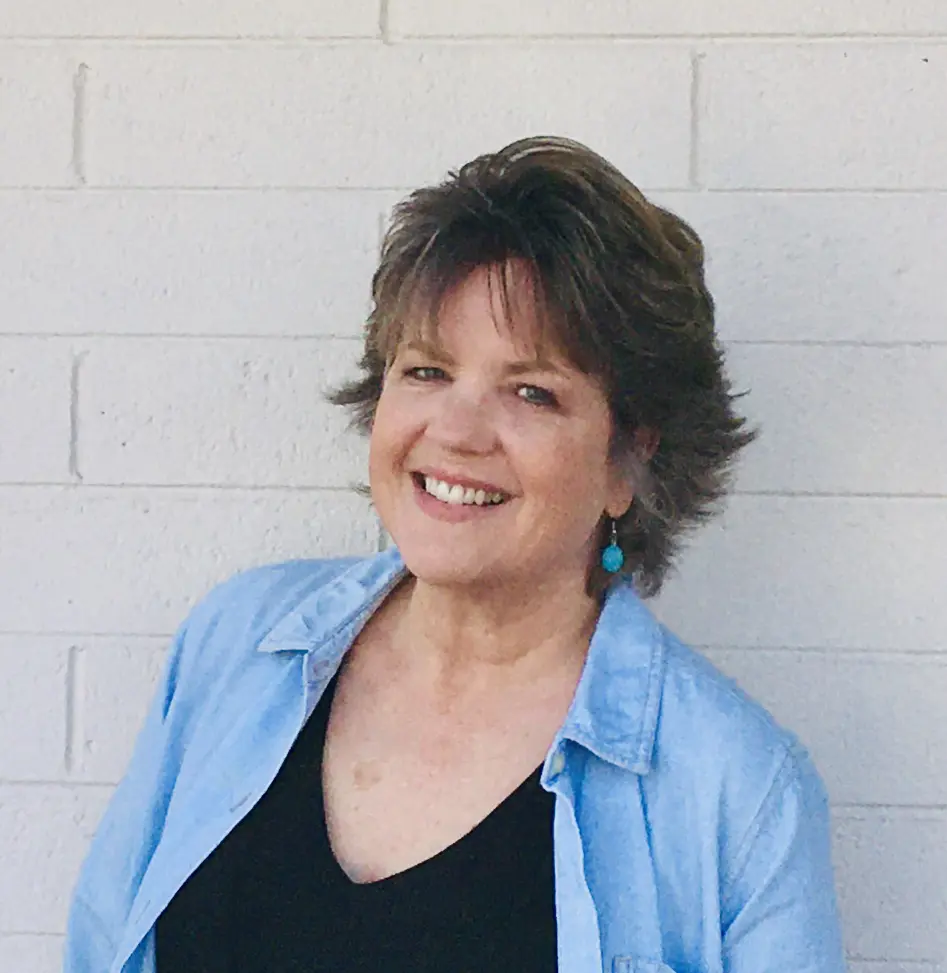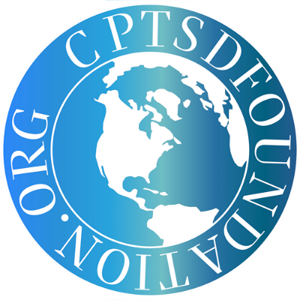Survivors of childhood trauma have an additional burden—the burden of the past.
Life takes a toll on everybody, whether you are a survivor of childhood trauma or not. Some days, I feel like I am juggling ten thousand different balls, desperately trying to keep them all in the air. Responsibilities press in, and before I know it, I am underwater, unable to deal with one more thing. Do you ever feel like that?
Survivors of childhood trauma have an additional burden—the burden of the past. Childhood trauma is not only attached to our memories; it lives in the present, actively influencing our choices, feelings, and relationships right now.
As a twelve-year-old, I remember the feeling of dread whenever I was around my mother. She was an unpleasable tyrant. Spewing her emotional damage onto me, she used every tool available to unload her shame and communicated a kind of learned hopelessness to her children. No matter what you did, it was never enough. Life was dark and dreary to her, and she forced her children to agree with that assessment. Was it a conscious choice? I do not know. I only know that everywhere she went, the dark cloud of dread and fear went with her.
She used every tool available to unload her shame and communicated a kind of learned hopelessness to her children.
Out shopping at the local department store one day, my mother’s brows drew into a frown as she assessed my twelve-year-old choice of a new outfit. “That’s the ugliest thing I have ever seen,” she growled. I wanted to look like the other kids and hoped my mother would finally allow me to adopt a more middle-school age-appropriate outfit. That was not to be. Choosing from a different rack, she held up a dress that would make me look like a giant toddler. My face flamed in embarrassment at the sight of it. “This is what we’re going to get.” And that’s exactly what happened.
A narcissistic covert family system is a place where people are broken in spirit
Ever seeking to keep me under her thumb, she exerted control over every aspect of my life. She did everything in her power to make sure I was ostracized and shamed. In and of itself, a disagreement about clothing doesn’t sound very traumatic or even that unusual. But the covert nature of childhood trauma is just that—covert. It isn’t about one seemingly insignificant incident. It is about the silent message. “You don’t matter. I am the one in control, and I am going to shame you whether you like it or not.” These small encounters day after day, year after year, add up to thousands upon thousands of demeaning, insulting attacks on personhood. It is incessant, it is powerful, and it is destructive.
This is why inner healing is so important. A narcissistic covert family system is a place where people are broken in spirit. In the deepest places of the heart, it is the goal of this type of family system to make people feel like life is a threat and will always be unmanageable. You will always be a failure, and giving up is your only option. The narcissist wants you to give up because it gives them the power they so crave, as well as temporary relief from their own emotional turmoil. All this without having to take the slightest personal responsibility for anything they do.
When you delve into the depths of inner healing, it will be the hardest thing you ever do, and the most wonderful. Used to dealing with surface behavior and feelings, inner healing goes to the heart of the matter. What link do my feelings have with the past? Why do I feel so much threat when there is nothing wrong in the present? Why does this situation trigger me into so much despair? These are the types of questions inner healing seeks to answer.
I chose an example of covert abuse when I was twelve for a reason. It was at the age of twelve that I split off and began coping with the trauma of my family by shifting all of the sorrow and suffering onto the shoulders of my twelve-year-old self. I lived a separate life at school and let the twelve-year-old carry the burden of all the early childhood trauma and all the trauma that would continue through high school, college, and into adulthood. Whenever I couldn’t cope, I would send all those emotions to that split-off part. Splitting gave me the ability to survive, but there came a time when the twelve-year-old had had enough. And that was when inner healing had to begin.
Instead of piling more abuse onto that twelve-year-old, I had to listen to what she had to say. Instead of hating her, I needed to thank her for helping me survive. I needed to make friends with her and tell her that she didn’t need to carry all that suffering anymore. She wasn’t alone. And more than anything else, I needed her to understand and believe in the deepest part of her heart that she was no longer living in that abusive house. Her parents had been liars, and they did not have any power over her anymore. It was safe to come out into the sunshine.
That’s what inner healing looks like. I wish it for every survivor with all my heart. We deserve to be well. We deserve to be at peace and most of all, we the joy that comes with inner healing. Defy trauma embrace joy.
Inner healing resources:
Forward Facing Trauma Therapy, by Eric Gentry, available on Amazon
Trauma Coping System, dissociation as a response to pain and intolerable conflict, by Melissa Finger, available on Amazon
Guest Post Disclaimer: Any and all information shared in this guest blog post is intended for educational and informational purposes only. Nothing in this blog post, nor any content on CPTSDfoundation.org, is a supplement for or supersedes the relationship and direction of your medical or mental health providers. Thoughts, ideas, or opinions expressed by the writer of this guest blog post do not necessarily reflect those of CPTSD Foundation. For more information, see our Privacy Policy and Full Disclaimer.

Rebekah Brown, a native of the south, now resides in the Great American West. Surviving a complicated and abusive family system makes her unique writing style insightful as well as uplifting. Rebekah is the proud mother of two and grandmother of four.





Thank you for sharing this…it was deeply relatable.
Thank you for sharing. It helps to not feel so alone.